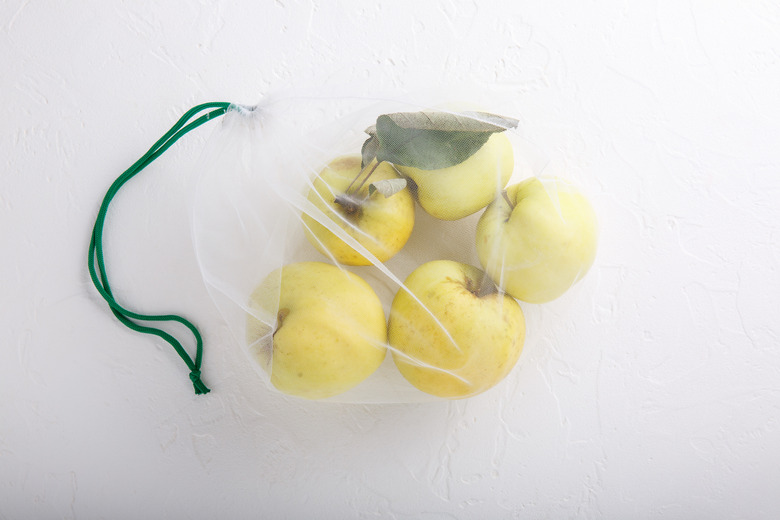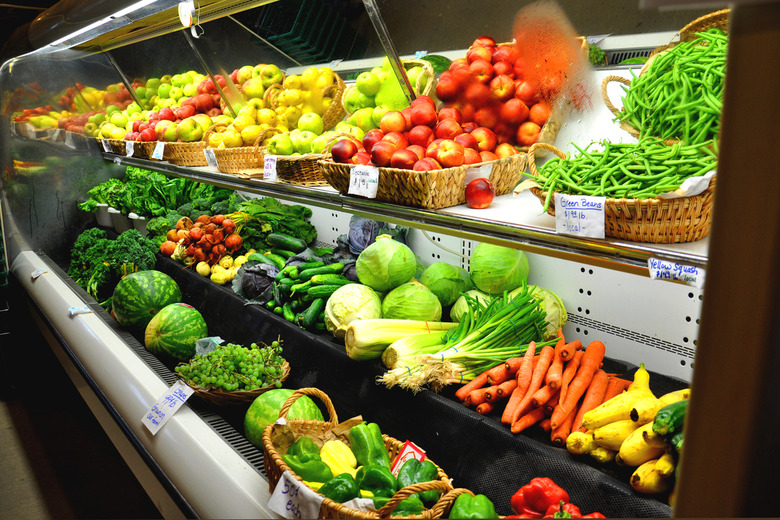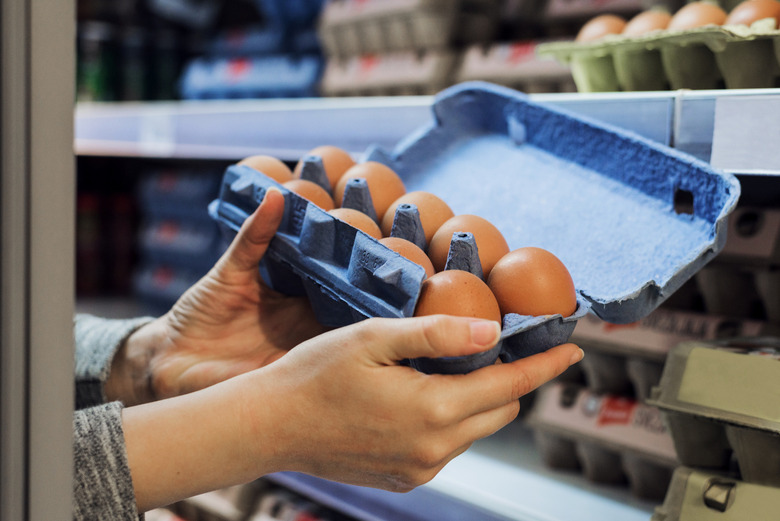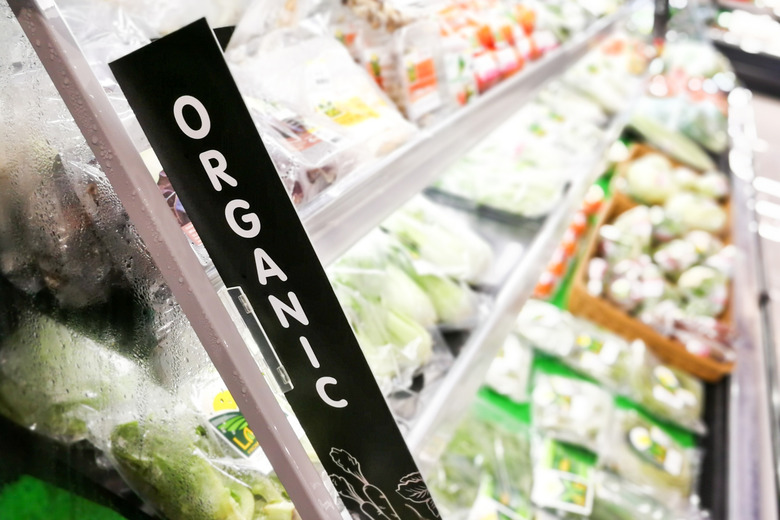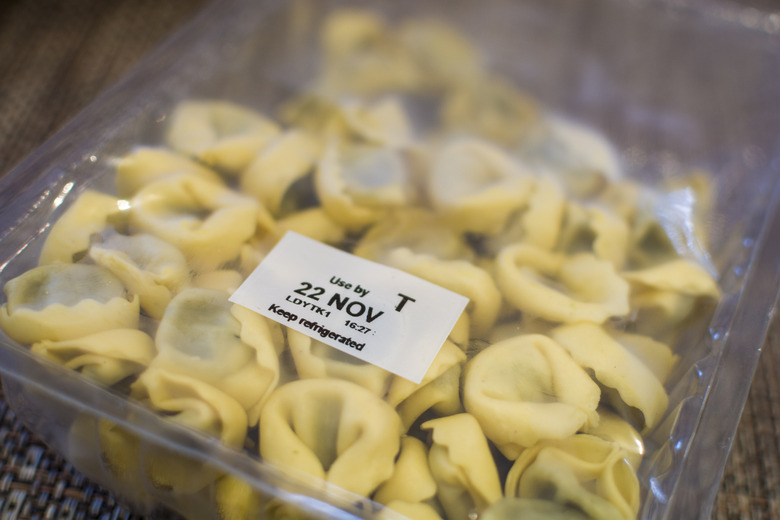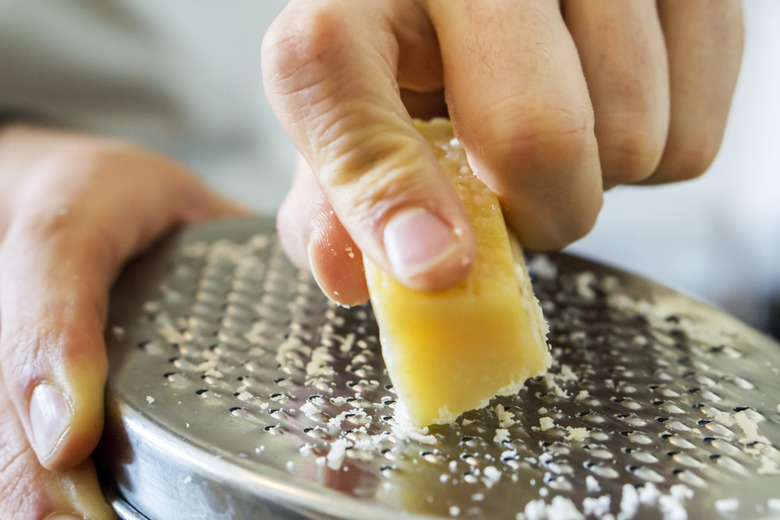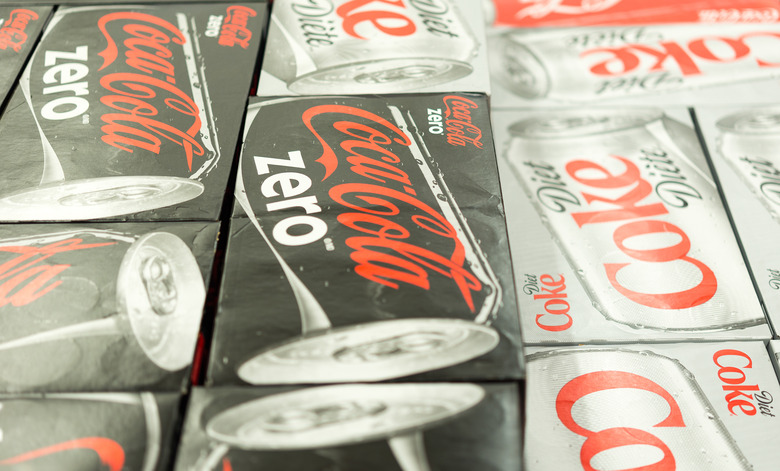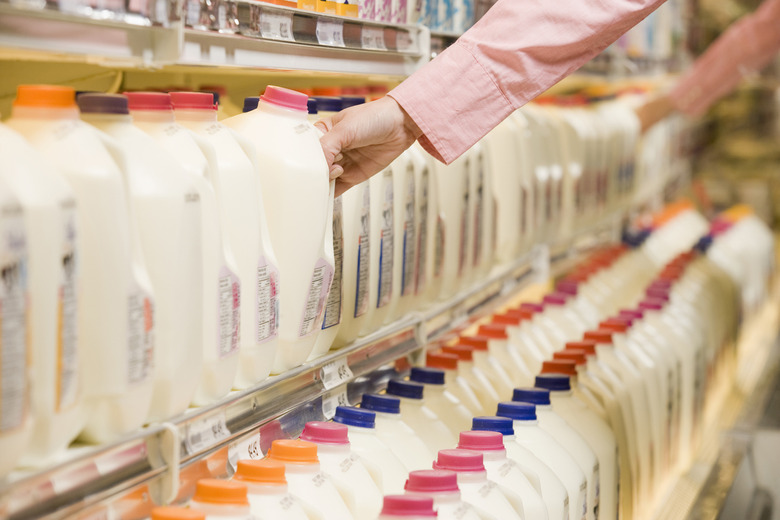Brown Eggs Or White? And Other Grocery Questions Answered
Grocery shopping: the pastime with a permanent Sunday appointment just before reality sets in. Park in the usual spot. Hop off that familiar bus. Step into the store. Peruse the aisles. Check out with a cart of tried-and-true products. Done.
With such a trusty routine, there is seemingly no reason to rethink your habits or stop and notice industry tricks. But, if you do, you can better your routine, eat healthier and even save a buck or two. Read the answers to these 20 grocery shopping questions to be a more informed shopper.
In which order should I shop?
Pile up the non-perishables before refrigerated or frozen items and close out any grocery run with a stop at the deli counter. If aiming to lessen consumption of unhealthy additives, generally shop the store perimeter. Fresher foods like produce, meat and dairy, are stored along the edges of grocery stores. Other products that have a longer shelf life are stocked in the center aisles. While select foods are naturally long-lasting, others rely on unhealthy preservatives to stretch out their shelf life. Beware of so-called "healthy foods" you should be avoiding.
Should I bag all my produce?
While a noble cause, being more sustainable should not come at a cost to your health. Resist the urge to conserve plastic by tossing unbagged produce into your grocery cart or on the checkout conveyor belt. In 2017, tote company ReuseThisBag.com commissioned a lab to test for bacteria on grocery cart surfaces. The study discovered what you would expect, but at a scale you won't believe. A traditional grocery store's cart contains nearly 361 times more bacteria per square inch than a bathroom doorknob. Of those germs, over 80% are gram-negative rods, harmful and often antibiotic immune. In short, keep the produce bagged but switch to a reusable option and always wash pre-washed produce.
Why do stores mist veggies?
Spraying produce is just another way supermarkets are tricking you into spending more money. Veggies look more appealing and fresh after a dose of mist. All the glistening water droplets add weight to the priced-by-the-pound produce. Along with adding weight, misting prevents shrinking too. According to Miatech, a misting system producer, within six hours unmisted produce weighed 7% less than otherwise misted produce.
Why knock on a watermelon?
Though resulting in the occasional judgy look from other shoppers, tapping the underbelly of a watermelon will ensure your money will go well spent. A ripe watermelon will sound hollow when thumped.
Are brown eggs better than white eggs?
Different hen breeds lay different colored eggs. Some are white, others are brown. According to Consumer Reports, the quality, flavor and nutrition of the eggs are not affected. So feel empowered to pair whichever color egg you please with these unexpected ingredients for a delicious breakfast. Another fallacy to note, according to Consumer Reports, hormone free and antibiotic free are both empty claims. Neither hormones or antibiotics are used in producing eggs for humans.
How do I properly read a nutrition label?
The U.S. Food and Drug Administration breaks down nutrition labels into four parts: the serving information, calories, nutrients and percent of daily values. Serving size is a baseline unit of measure for part two, the calories; how much energy you get from a single serving of the product. When reading part three, the nutrients, the FDA recommends you look for foods with less saturated fat, sodium and added sugar and more dietary fibers, vitamin D, calcium, iron and potassium. Finally, 5% or less of daily value is considered low while 20% daily value is considered high. Look for foods higher in the nutrients you want and lower in those you don't. Keep in mind other nutrition myths too.
What really is ‘organic’?
In order to be USDA certified organic, foods must be grown or handled without genetically modified organisms. Organic produce may not be grown in soil that employs any of the prohibited substances, including many synthetic fertilizers and pesticides that may be making you sick. Organic meats are made from animals fed 100% organic feed, not administered antibiotics or hormones and those who live under "natural behavior" encouraging conditions. Other multi-ingredient processed foods are, with the occasional exception, prohibited from containing various artificial colors, preservatives or flavors. When packaged, foods that are at least 70% organic may use the label "made with organic" and not use the USDA organic seal.
Why is bread sold in brown paper bags?
Brown paper bags undoubtedly have more character than other plastic alternatives. However, bakers are not going for just character when packaging their loaves in these rustic sacks. Paper allows air into the bag, keeping bread fresh longer than plastic ever could. Still eat your bread soon after purchase, no more than two days later
What are natural and artificial flavors?
Flavors are made up of isolated and mixed chemical compounds that react to each other when cooked and bind to taste receptors in your mouth. Natural flavors are chemical compounds isolated from a natural source like plant materials (fruits, veggies or herbs) or animal products (meat or dairy.) Anything not natural is artificial. Still, many artificial flavors have identical chemical composition to natural flavors. They are just produced in a lab by trained flavor chemists. While this may be off-putting, artificial flavors undergo intense quality tests and may be obtained with less damage to the environment.
How are multigrain, whole grain, whole wheat and wheat bread different?
Back to bread. Even in the best of grocery stores, the bread aisle can simultaneously be heaven and hell. So many options, so many carbs. Here's the breakdown: Whole-grain breads use all parts of the grain kernel and contain a wealth of healthy nutrients, fibers and plant compounds. Whole wheat bread is just one type of whole-grain bread. Plain "wheat bread," not labeled whole or 100% wheat, likely contains unhealthy refined white flour. Finally, multigrain bread contains more than one type of grain, none of which may be whole and all supplemented with refined white flour.
How do I properly stack a cart?
When stocking your grocery cart, set heavier and canned items in the front of the cart, furthest from you. These will likely be bagged and placed back into your cart first at checkout. Stock fragile fruits and veggies above the heavier items and cans closest to you. Keep large heavy items (think 24 packs of popular soda) under the cart and toxic cleaning products away from foods. If organization obsessed, invest in trolly bags — reusable upright bags that attach to the inside of your cart so you may divide products into neat sections.
Where should I buy meats and cheeses; deli counter or pre-packaged?
Eating too much processed meat is one of the worst things cardiologists say you can do to your heart. But should you be in the mood for the occasional lunchtime sandwich, get in line and pull a deli counter number. Pre-packaged cold cuts typically require added salts and preservatives to stay fresh on shelves. Always check ingredients and go for leaner meats like turkey and chicken breast. Otherwise, try to limit deli meat consumption and add berries and other heart-healthy foods to your diet instead.
How can I tell if meat is fresh?
According to the USDA, that preferred color you scour the meat freezers for — cherry red beef, darker cherry lamb and grayish pink pork — are short-lived. Kept away from air, fresh meat appears purple-red. Fresh meat first turns brighter when exposed to air, like when wrapped in plastic packaging. Eventually, the overhead store lights and the oxygen exposure change meat coloring in ways that though unsightly, do not indicate spoilage. Bad color does not mean bad meat. Though some fading and darkening may occur, smell and stickiness are better indicators of spoilage. Home cook tip: ask the butcher to grind specific cuts of meat for you.
What do the best if used by, sell by and use by dates mean?
"Best if used by" dates indicate when a product will be of best quality. "Sell by" dates tell shops when to pull products off the shelf. And "use by" dates are the recommended last date products will be at peak quality. According to the USDA, all dates applied to food are meant for quality not safety. You may safely consume food past the date whether "best by," "sell by" or "use by." The one exception to this rule is infant formula, which should not be used after its "use by" date.
Is there a difference between cheese sold by the block or shredded?
If ooey-gooey melted cheesy goodness is your goal, stay clear of the shredded cheese and grate your own from the block. Chemicals and preservatives meant to keep shredded cheese from clumping prevent it from nicely melting when cooked. Instead, add grated cheese and other deliciously unexpected ingredients to your mac and cheese.
When should I buy in bulk?
Buying in bulk grants you future convenience at a present expense. To cut your grocery bill in half, first pay attention to the price per unit. Make sure you are getting more bang for your buck and not unnecessarily taking up storage space. Avoid buying perishable items in bulk and stick to canned or dried goods, cleaning and hygienic supplies. Diapers, soap, rice, dry pasta, oatmeal and aluminum foil are all good bulk buys.
Should I cook with real wine or cooking wine?
One of many grocery items you should stop buying immediately, cooking wine has no real place in your kitchen. What it lacks in taste it makes up for with unhealthy preservatives and salt. You cannot even drink it. Substitute this with traditional drinkable wine. Pour one out for cooking wine.
Is diet always better?
In spite of the endless list of trendy diets, it is easier to just pick up any "diet" labeled product and call it a night. But labels are misleading. Diet products, like all others, may contain harmful ingredients and additives. So read the label. For starters, there are several reasons to stop drinking diet soda. Chief among them is an increased risk of heart attack and stroke. Luckily, there are better foods for weight loss without the consequences.
Why is milk grade A?
Dairy products sold within the Federal Milk Order System are awarded grades based on flavor, body and texture that determines its "value and utility." There are three grades, A, AA and B. AA only applies to butter and A is broken down into four classes, I, II, III and IV. We drink class I milk out of cartons and consume class II in soft dairy products like yogurt, ice cream or sour cream. Milks used in cheese make up class III while milk in butter and dry products make up class IV. Remember to not waste milk, there are ways to put even the last drops out the gallon to use.
Why have I been in the shop for so long?
A single grocery trip can feel like an eternity. If you are spending way more hours in your store aisles than necessary, blame the "Vegas effect." Like Vegas casinos, grocery stores are bright at all hours. You may get lost in the lights and endless aisles of culinary opportunities. Arm yourself with a game plan and an ordered shopping list to cut wasted time. Or if you are looking for a good time, enjoy some of the craziest grocery store amenities.
More From The Daily Meal
35 Grocery Store Items You Should Never Pay Full Price For
The Most Eco-Friendly Things You Buy at the Grocery Store
I Went to the Craziest Grocery Store in America, and This Is What I Found
A Handy Guide to the Most Popular Apple Varieties and Their Uses


